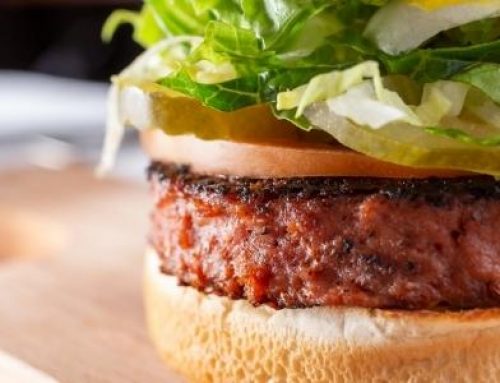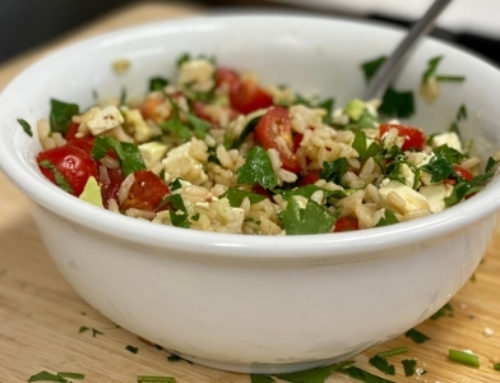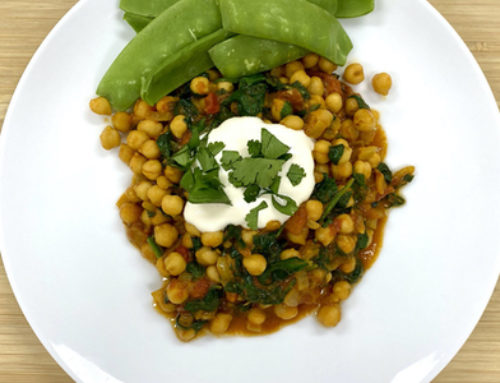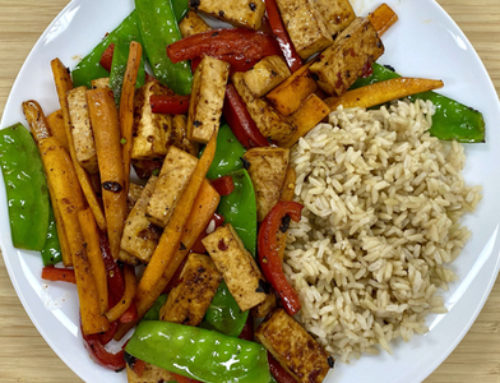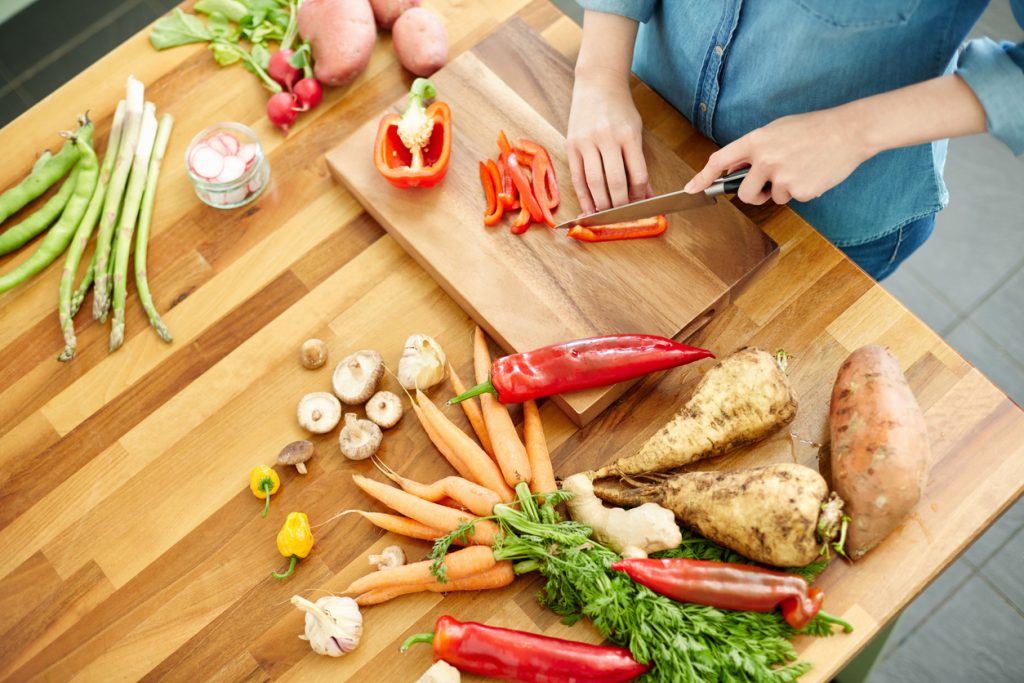 Proteins are the building blocks of life. When we eat protein, our body breaks it down into amino acids, which are absorbed and help in process of growth and repair our body’s tissues. Commonly, when people think of protein they think of animal sources: meat, chicken, fish. But there is more to protein than just animal sources!
Proteins are the building blocks of life. When we eat protein, our body breaks it down into amino acids, which are absorbed and help in process of growth and repair our body’s tissues. Commonly, when people think of protein they think of animal sources: meat, chicken, fish. But there is more to protein than just animal sources!
At some point most vegetarians will face the question, ‘well, how do I get enough protein?’. The answer is simple. Protein can be found in many non-animal sources, some of which you may not have even considered!
Here are my top vegetarian sources of protein and ideas on how you can add them easily into your everyday diet!
1. Lentils
18g protein per 1 cup
The power house – 1 cup of lentils contain a whopping 18g of protein. Lentils are rich in many vitamins and minerals including: folate, manganese and iron. They also have the added benefit of being linked to reduced risk for cardiovascular disease and they are associated with long term weight loss and weight maintenance.
How can I add them into my diet?
- Add 1-2 cups of lentils into your weekly curry or stew. You can try our Lamb and Vegetable Stew, minus the meat of course.
- Sprinkle tinned lentils over salads. Jazz up the old salad by adding ½-1 cup of lentils.
- Add mashed lentils to shredded carrot and cabbage and shape them into patties. These patties can go a long way, from burger nights, to left-overs in a wrap, to using them as a meat ball replacement.
2. Tofu
12g per 100g
More commonly associated with vegetarian diets, tofu provides a rich source of protein! Not only is tofu a great source of protein, it is also a good source of iron, calcium, B vitamins, zinc and manganese to name a few! Tofu is very versatile – it can be baked, grilled, fried and even steamed. It also comes in many forms: soft, hard and silken. Tofu will readily absorb flavours, as it is fairly tasteless on its own. But don’t let this scare you!
How can I add them into my diet?
- Add into the weekly stir-fry.
- Marinade in your favourite sauces and lightly grill. Why not try a honey soy marinade by mixing: ½ cup soy sauce, 2 cloves garlic and ¼ cup honey? You could also re-use left over tofu as a meat patty replacement on burger night.
- Use silken tofu as a cream replacement when making mousse or custards.
- Have tofu shish kebab night. Thread hard tofu, capsicum and cherry tomatoes onto a skewer and lightly grill.
- Replace the bocconcini in a pomodoro salad with grilled tofu, and wella’, a little taste of Italy.
3. Green Beans
9g per 1 cup
An unexpected source of protein – 9g per 1 cup! As a side benefit, green beans also contain: fibre, vitamin’s A, C, K, folate, thiamine, iron and zinc. Green beans are delicious, they provide a great crunch to dishes and also better tolerated than other beans and legumes.
How can I add them into my diet?
- Add 1 cup of green beans into a basil and pea pasta or risotto.
- Toss with garlic and olive oil and eat as a side dish.
- Add 1-2 cups of green beans into a stir-fry.
- Make a fresh salad and add green peas with orange zest and feta cheese.
- Use as replacement for fried potato chips.
4. Quinoa
8g per cup, cooked
What a grain! Quinoa is a great source of protein providing 8g per 1 cup along with containing fibre, iron, B vitamins and magnesium. Quinoa is labelled as a ‘complete protein’. This means it contains all 9 essential amino acids that are key to many bodily functions – a super power that is not common among all grains. As a side benefit, it also provides a gluten-free option for those with digestive problems.
How can I add them into my diet?
- Make a quinoa and vegetable mix and stuff into a capsicum. This can easily be done by mixing 1 cup of cooked quinoa to a combination of your favourite finely sliced veggies, stuffing the capsicum and baking for 10-15 minutes.
- Sprinkle ½-1 cup of cooked quinoa into salads. This will add a nice nutty flavour and texture.
- Make fritters by mixing 1 cup cooked quinoa with shredded vegetables and shaping them. These are a great lunchbox filler item and are delicious served with natural Greek yoghurt.
- Can be used as a replacement for white rice for an extra protein boost.
5. Amaranth
8g per 1 cup
Labelled as an ‘ancient grain’, amaranth provides a great source of protein with 8g per cup. It is rich in nutrients including: fibre, iron, manganese, magnesium. While it is still early days with research investigating the benefits of amaranth on our health, it is definitely a grain to look out for!
How can I add them into my diet?
- Can be made into a patty mixed with other shredded veggies and used in wraps, burgers and Turkish bread.
- Stuff into vegetables, similar to the quinoa and stuffed capsicum.
- Can use as a white flour replacement in baking recipes or replacement for white rice.
- Make into a porridge for a quick breakfast.
Weekly Dinner Plan:
So what does a weeks dinner plan look like which includes great sources of vegetarian protein? Here is a delicious example:
Monday: Amaranth Tabbouleh served with crunchy Lebanese bread and a cucumber and garlic yoghurt.
Tuesday: Rainbow tofu stir-fry.
Wednesday: Pearl couscous and lentil salad.
Thursday: Quinoa stuffed capsicums.
Friday: Lentil patty burgers served with tossed garlic green peas.
If you’d like further help with your nutrition please click below:

